
Címke: Hungary
-
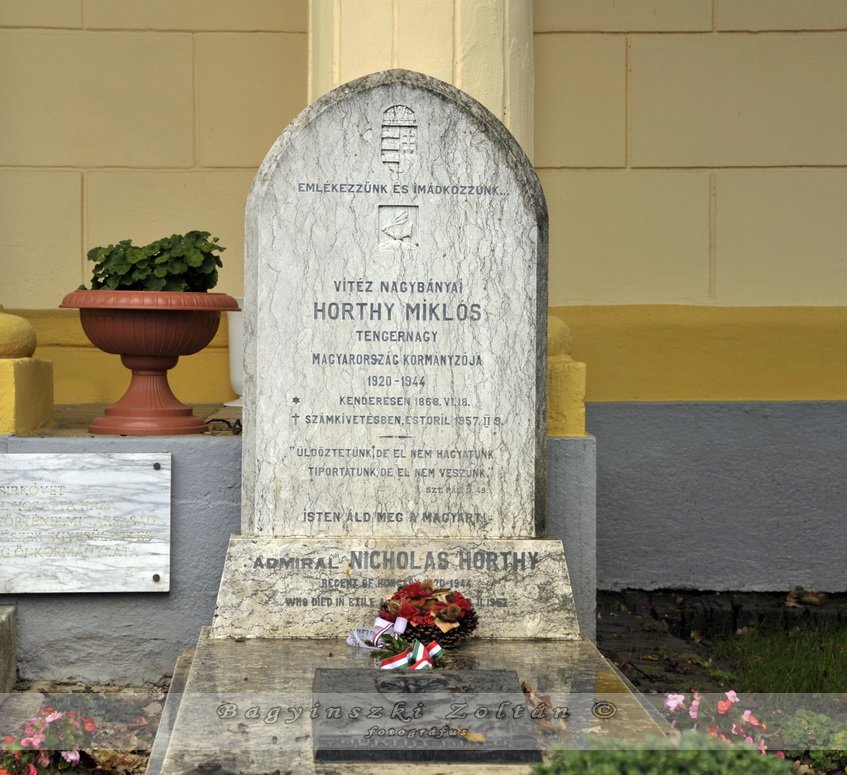
Grave of Miklós Horthy in the municipal cemetery of his birthplace Kenderes, Hungary.
Memory of Horthy – Kenderes
Memory of Horthy – Kenderes Fact of the Hungarian figure „Arrival of Horthy” Part of the „Creation of the modern…
-
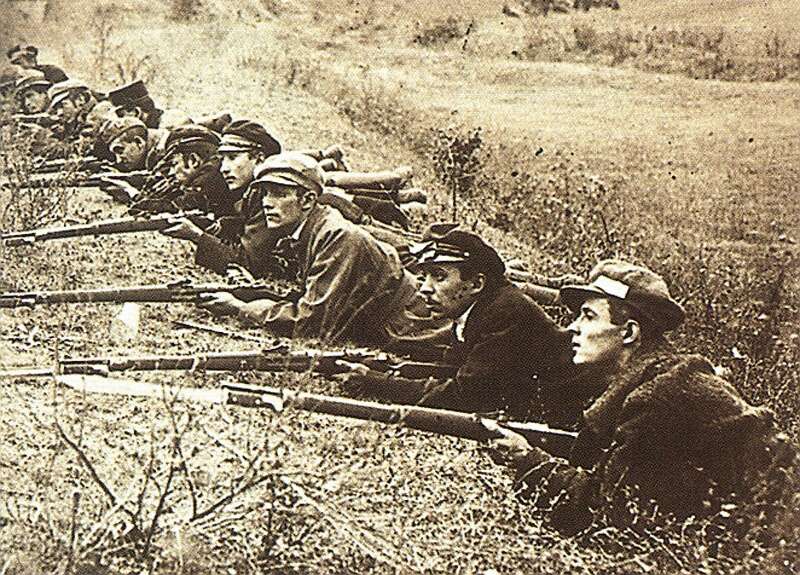
Opposing the legitimists, a hastily assembled group of Budapest university students—organized by Gyula Gömbös on October 22—attempted to resist Charles IV’s advancing forces. Despite lacking trained officers, their armed clash at Törökugrató with royal troops on October 23 resulted in casualties on both sides and effectively halted the royalist advance, as the attackers overestimated the defenders’ strength.
Battle of Budaörs – Charles I of Austria’s attempts to return the throne of Hungary – Budaörs
Battle of Budaörs – Charles I of Austria’s attempts to return the throne of Hungary – Budaörs Fact of the…
-
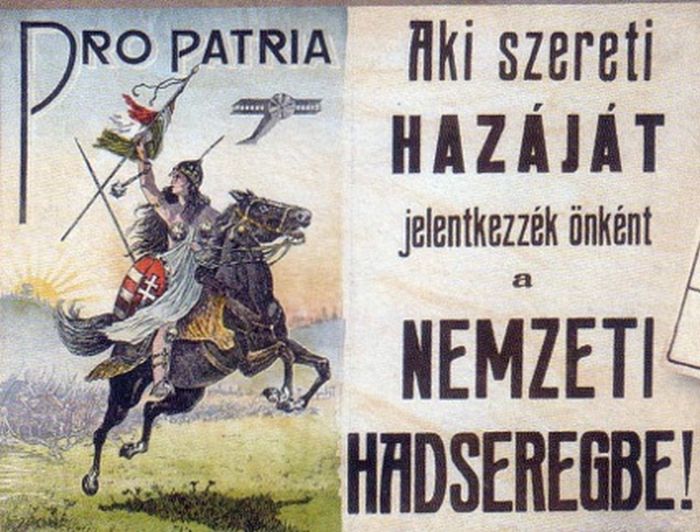
Following the dissolution of both counter-governments by the Entente, Horthy asserted independence by issuing Decree 40/1919.1 on June 9, 1919, establishing the National Army in Szeged. As thousands of returning front-line soldiers joined him, he marched to Transdanubia, where the independent High Command operated from Siófok between August 13 and November 16, 1919.
Horthy: the Leader of the National Army – Siófok
Preludes – Horthy: the Leader of the National Army – Siófok Fact of the Hungarian figure „Arrival of Horthy” Part…
-
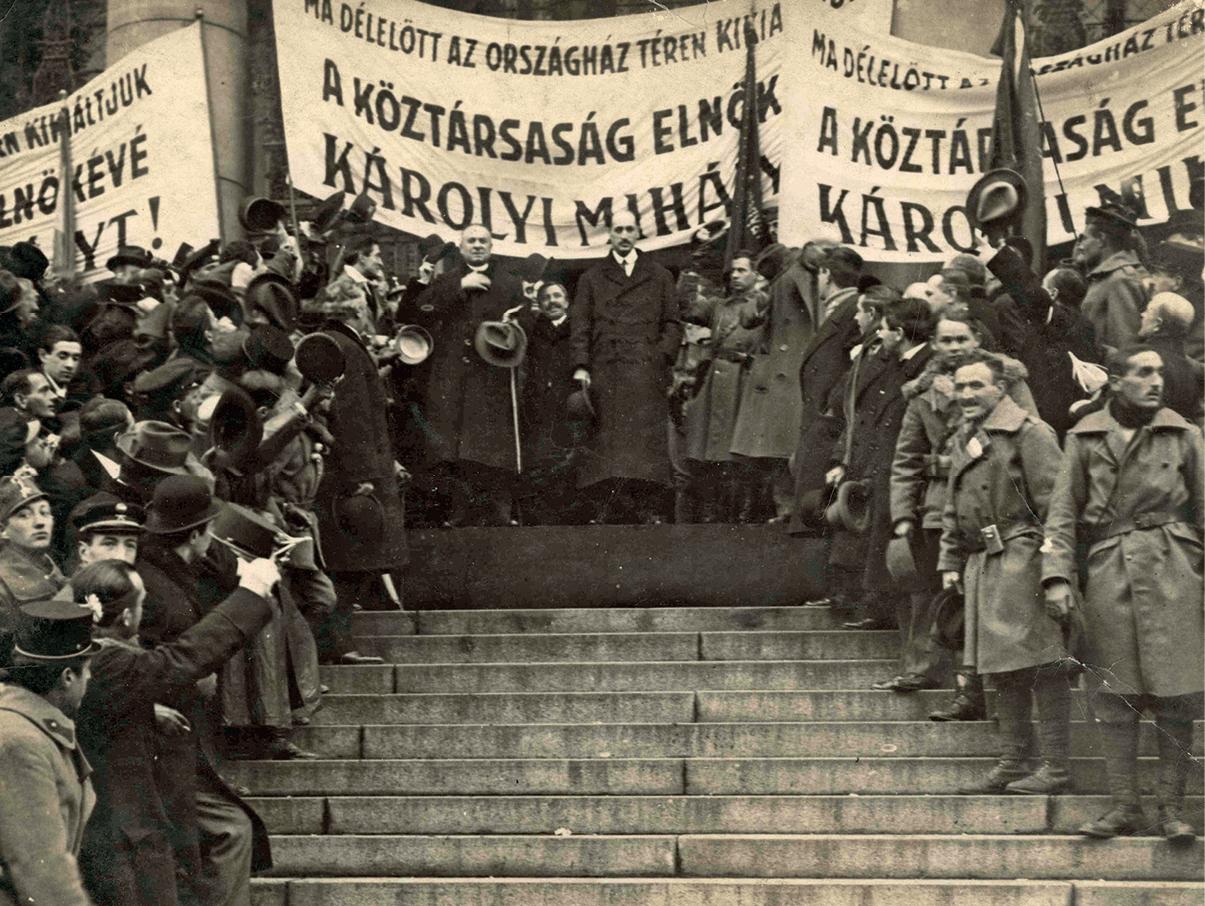
Károlyi giving a speech after the proclamation of the republic in front of the Parliament on November 16, 1918 – Earlier that month, Károlyi had been released from his oath to the monarch and his government was sworn in as a „people’s government” under the authority of the Hungarian National Council. Following King Charles IV’s abdication, the expanded National Council proclaimed the republic on November 16 — envisioning a multi-party parliamentary democracy based on general and secret elections — and on January 11, 1919, elected Károlyi as provisional president, granting him the right to enact “people’s laws.”
Aster Revolution – Hungarian Soviet Republic – Astoria Hotel, Budapest
Preludes – Aster Revolution – Hungarian Soviet Republic – Astoria Hotel, Budapest Fact of the Hungarian figure „Arrival of Horthy”…
-
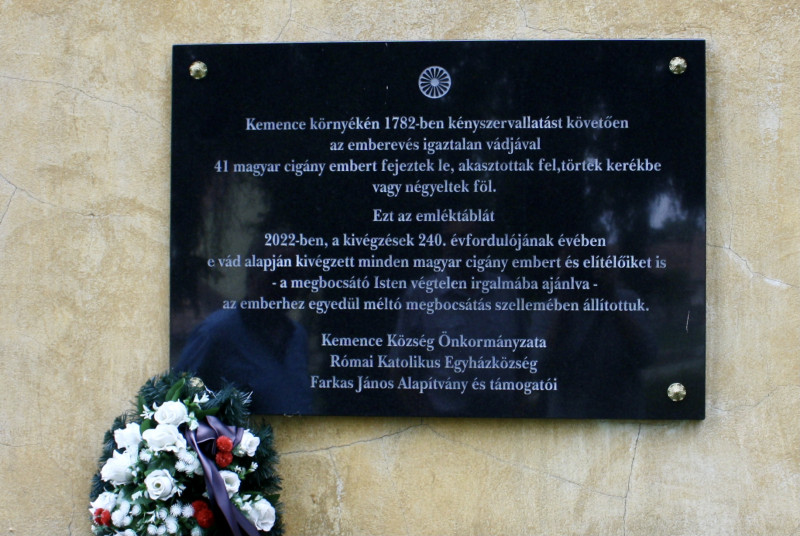
The former county hall building in Kemence once held several Roma individuals who were unjustly The old county hall in Kemence once held several Roma individuals who were falsely accused and jailed. In 2022, on the 240th anniversary of the executions, a memorial plaque was installed to honor the victims and the condemned—in the spirit of forgiveness and human dignity.accused and imprisoned. In 2022, on the 240th anniversary of the executions, a memorial plaque was erected to honor the memory of the victims and the condemned—in the spirit of forgiveness and human dignity.
The Nyúzóvölgy massacre and the persecution of Gypsies in Hungary – Kemence
The Nyúzóvölgy massacre and the persecution of Gypsies in Hungary – Kemence Fact of the Hungarian figure „Minorities in Hungary”…
-
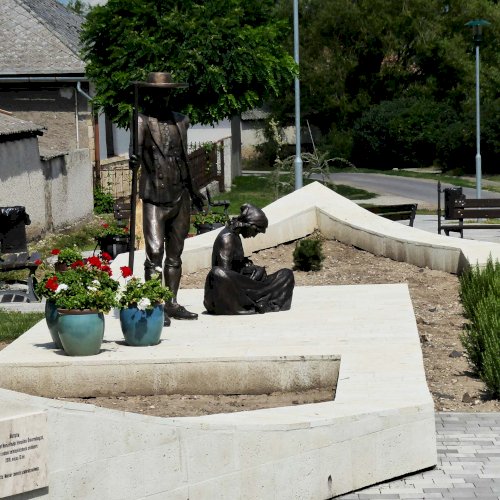
Rátka, a Tokaj Wine Region World Heritage Site’s German ethnic village, unveiled its Swabian Settlement Memorial in 2018 to honor the 270-year-old heritage of its community. Sculpted by Levente Molnár, the monument features a symbolic boat carrying a Swabian family—father, mother, and child—recalling their 18th-century journey and resettlement after the village’s devastation. The adjacent memorial park also commemorates Rátka’s twin towns, reinforcing its enduring cultural and Christian identity.
Settlement of Germans in the Kingdom of Hungary – Rátka
Settlement of Germans in the Kingdom of Hungary – Rátka Fact of the Hungarian figure „Minorities in Hungary” Part of…
-
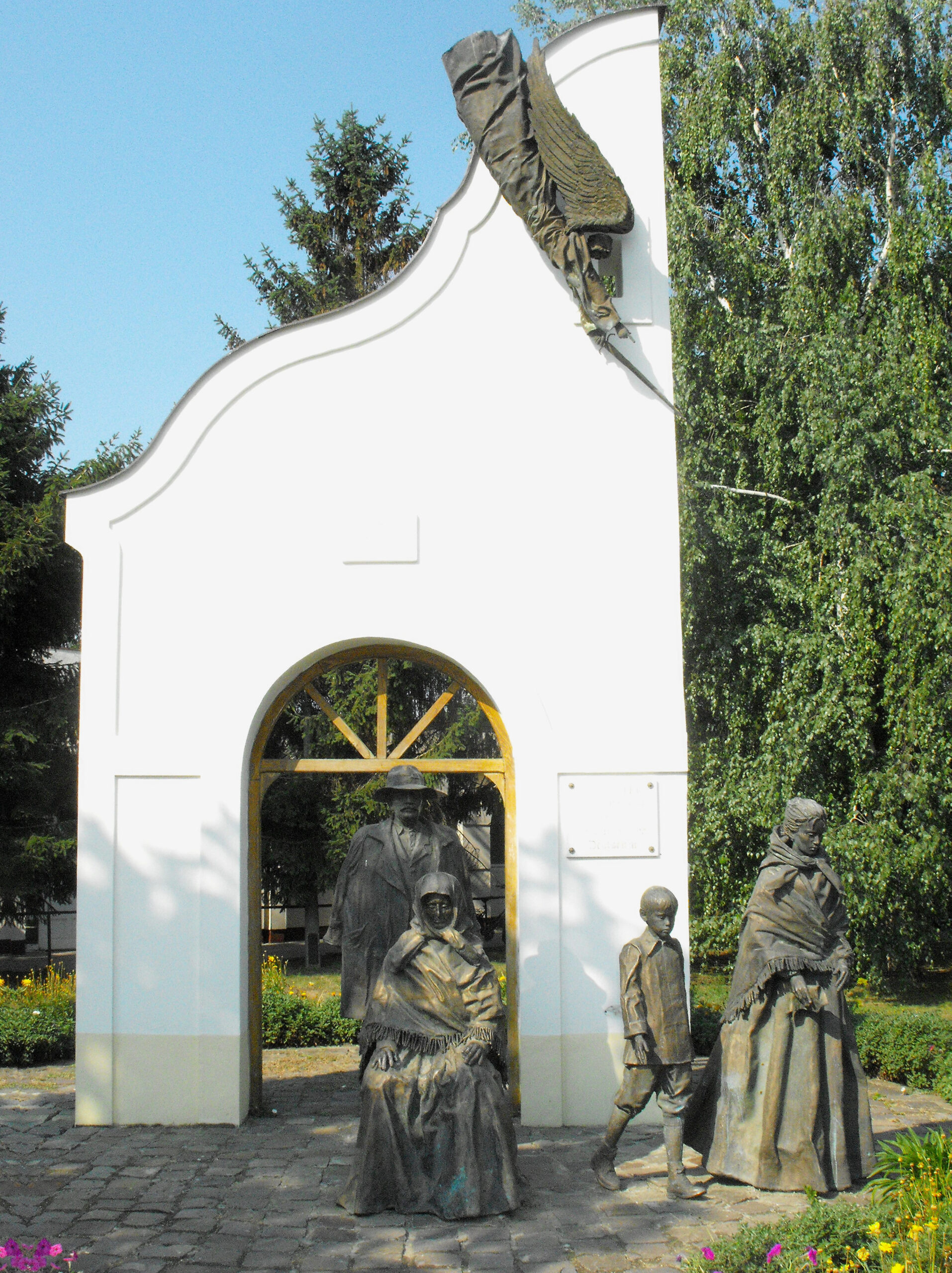
Created in 2001 by Szeged-based sculptor Sándor Kligl, the National Memorial of the Expelled Germans depicts a German family’s forced departure from their home, with a dark spirit looming above. Behind the five-figure bronze group stands a wall evoking a Swabian house from Created in 2001 by Szeged-based sculptor Sándor Kligl, the National Memorial of the Expelled Germans portrays a German family’s forced departure from their home, with a dark spirit looming above. Behind the five-figure bronze group stands a wall reminiscent of a Swabian house from 1724, marking the year Catholic Germans were first settled in the area by Johann Georg Harruckern. 1724, marking the year Catholic Germans were first settled in the area by Johann Georg Harruckern.
The expulsion of the German minority – Elek
The expulsion of the German minority – Elek Fact of the Hungarian figure „Minorities in Hungary” Part of the „The…
-
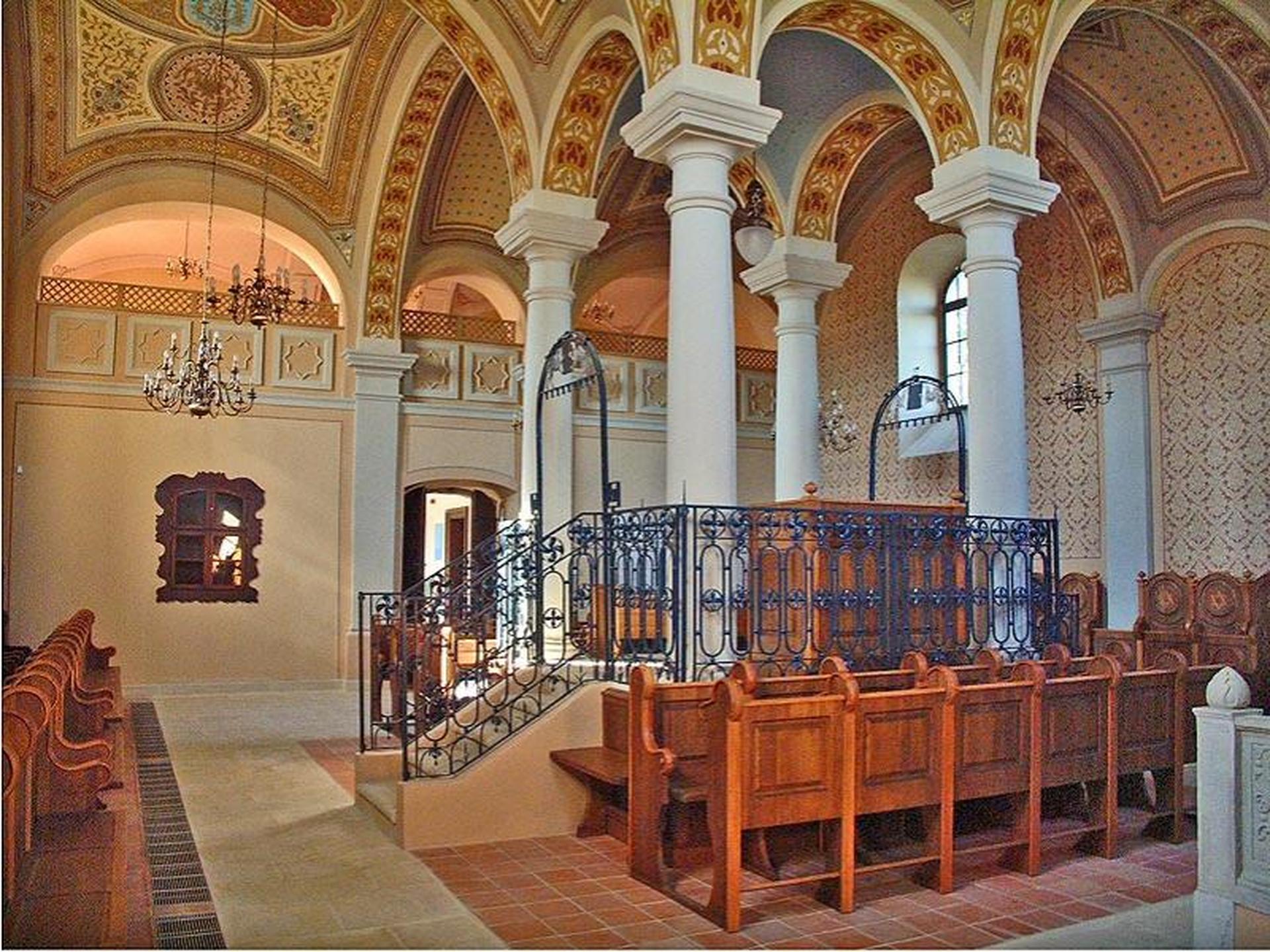
The interior of the synagogue in Mád reflects Baroque influences blended with Polish and Lithuanian traditions, featuring richly ornamented details and Hebrew inscriptions from the late 18th century. Once nearly lost to decay, the space was meticulously restored and now stands as a vibrant monument to the Jewish heritage of Tokaj-Hegyalja.
The emancipation of the Jews in the Austrian-Hungarian monarchy – Mád
The emancipation of the Jews in the Austrian-Hungarian monarchy – Mád Fact of the Hungarian figure „Minorities in Hungary” Part…
-
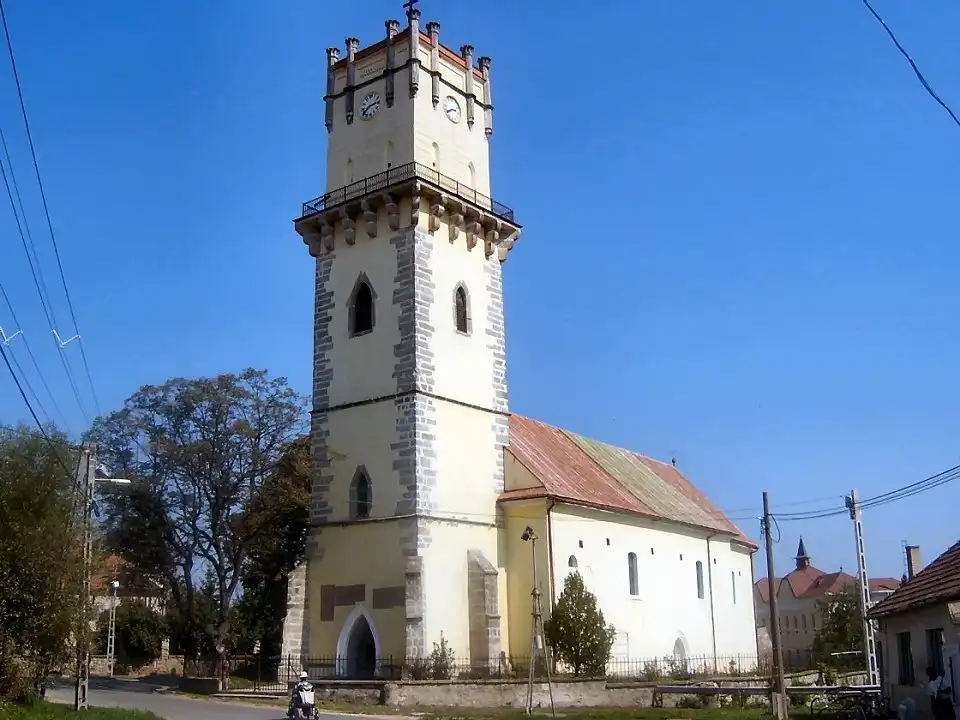
Built in 1320 in Gothic style and later vaulted in Baroque fashion, the Church of the Assumption in Bodrog stands as one of the region’s oldest monuments. Its fortified tower, once a military lookout, and the legend of stolen church treasures rising from the Bodrog River reflect both its historical and mythical significance.
Italians and others in the Medieval Hungarian Kingdom – Olaszliszka
Italians and others in the Medieval Hungarian Kingdom – Olaszliszka Fact of the Hungarian figure „Minorities in Hungary” Part of…
-
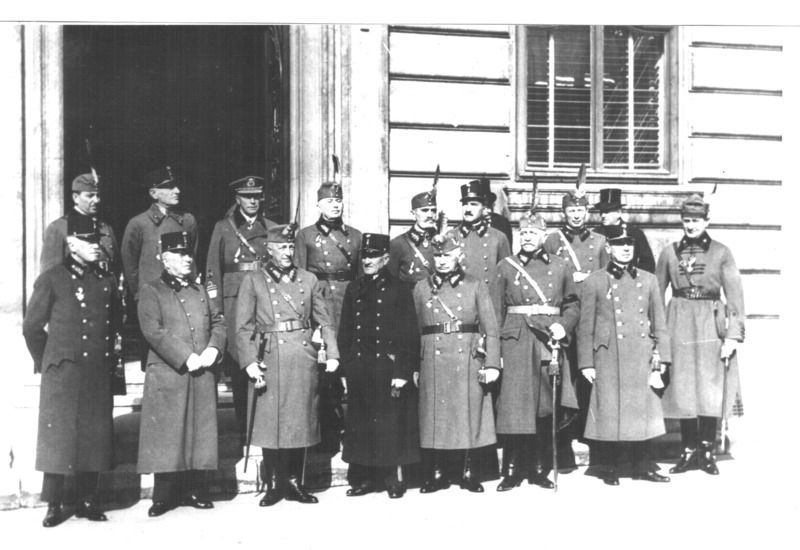
The photograph shows the third Szeged counter-government, a key force in Hungary’s post-World War I recovery. Formed after internal divisions and external pressures, this temporary government aimed to unite anti-communist national forces and reestablish political order after the collapse of the Hungarian Soviet Republic. Although fragile and short-lived, it played a crucial role in organizing the National Army under Horthy Miklós and laying the foundations for Hungary’s political transition in 1919.
Counter-revolutionary governments and the Anti-Bolsevista Comité – Szeged
Preludes – Counter-revolutionary governments – Szeged Fact of the Hungarian figure „Arrival of Horthy” Part of the „Creation of the…
